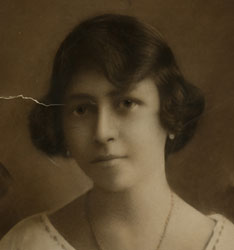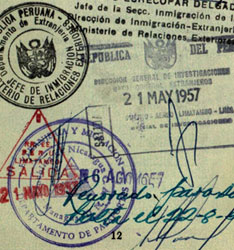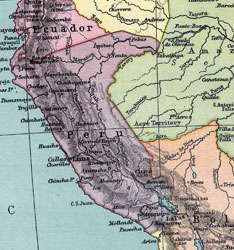
Iquitos
Iquitos is the largest city in the Peruvian rainforest and in the Amazon Basin, and the largest city in the world not approachable by land, only by plane or boat. From the end of the 1800s into the 1910s, the hot, humid area was known for its rubber industry, attracting thousands of immigrants from around the world, especially Europe. They influenced the cultural landscape of Iquitos, bringing new music, clothing, and foods to the region.
The rubber trade brought massive wealth, giving rise to cities, ports, and industry, but also to shameful exploitation. Between 30,000 and 60,000 indigenous people were enslaved, tortured, or murdered by workers of British, American, and Peruvian companies who pushed into the forests looking for rubber trees to satisfy a growing demand for tires and latex.
Many of the workers were black indentured servants brought from Barbados. The island was then a British colony that served as a departure point for British ships traveling from the Atlantic through the Amazon River to Iquitos. One of Clotilde Arias’s relatives, Adolfo Morey Arias, was a rubber baron and a pioneer of Amazonian river navigation.
Iquitos es la ciudad más grande de la selva tropical peruana y de la cuenca del río Amazonas. Es además la ciudad más grande del mundo a la que no es posible llegar por carretera. A Iquitos se llega por avión o por barco. Desde finales del siglo XIX hasta la década de 1910, arribaron a esta zona calurosa y húmeda del Amazonas miles de inmigrantes de todo el mundo, especialmente de Europa, atraídos por la industria del caucho. Estos nuevos pobladores dejaron huellas en el panorama cultural de Iquitos, al llevar a la región música, ropa y alimentos nuevos.
El comercio del caucho generó una inmensa prosperidad que contribuyó a la fundación de ciudades, puertos e industrias, pero fue también la causa de una vergonzosa explotación. Entre 30.000 y 60.000 indígenas fueron esclavizados, torturados o asesinados por empleados de empresas británicas, estadounidenses y peruanas que los obligaban a adentrarse en la selva en busca de árboles de caucho para satisfacer una demanda cada vez mayor de neumáticos y látex.
Muchos de los trabajadores fueron Afro-descendientes llevados de Barbados como sirvientes con contratos de cumplimiento forzoso. En esa época, la isla era una colonia británica que servía de punto de partida para los buques británicos que viajaban desde el Atlántico a través del río Amazonas hasta Iquitos. Uno de los parientes de Clotilde Arias, Adolfo Morey Arias, fue un cauchero y pionero de la navegación por el río Amazonas.
Clotilde Arias was born in Iquitos in 1901. She spent part of her early childhood in Barbados, where she attended elementary school. She wrote her first songs and poetry and newspaper articles while still a teenager, and painted and composed music from an early age. The concern and interest she felt throughout her life for the native people of Peru, and of all of the Americas, is exemplified in many of her compositions, notably “Huiracocha.”
Clotilde Arias’s passport is a window into her extensive travels and movement through the Americas. From the complexity, beauty, and cruelty of Iquitos during the first two decades of the 20th century to the concrete jungle of New York, her journey continued….



